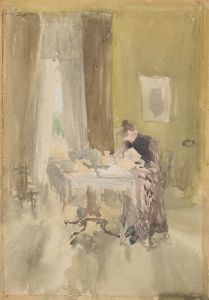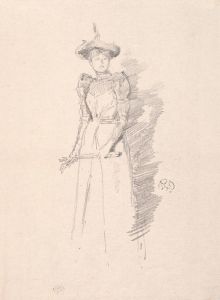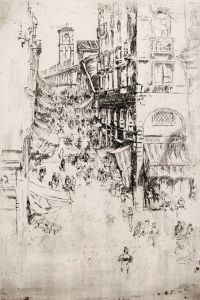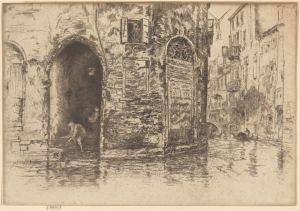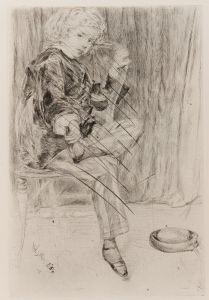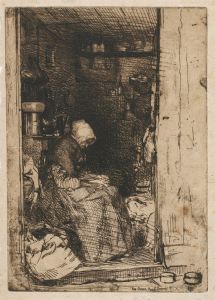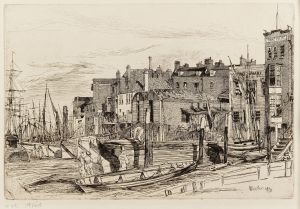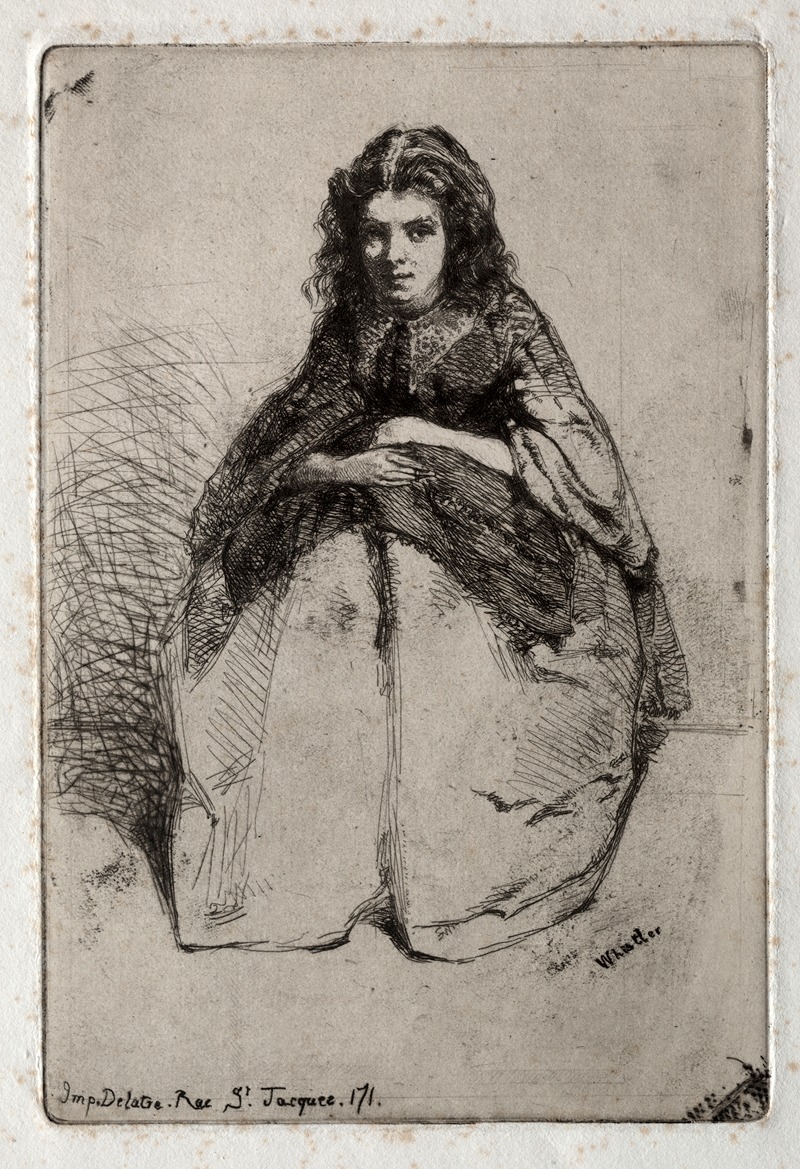
Fumette
A hand-painted replica of James Abbott McNeill Whistler’s masterpiece Fumette, meticulously crafted by professional artists to capture the true essence of the original. Each piece is created with museum-quality canvas and rare mineral pigments, carefully painted by experienced artists with delicate brushstrokes and rich, layered colors to perfectly recreate the texture of the original artwork. Unlike machine-printed reproductions, this hand-painted version brings the painting to life, infused with the artist’s emotions and skill in every stroke. Whether for personal collection or home decoration, it instantly elevates the artistic atmosphere of any space.
James Abbott McNeill Whistler was an American artist known for his significant contributions to the art world during the 19th century. He is best known for his paintings, etchings, and lithographs, which often reflect his interest in the interplay of color and form. One of his lesser-known works is "Fumette," a painting that captures the essence of Whistler's style and artistic vision.
"Fumette" is a portrait of a woman named Héloïse, who was known as Fumette. She was a French model and one of Whistler's early muses during his time in Paris. The painting is believed to have been created around the early 1860s, a period when Whistler was deeply immersed in the Parisian art scene and was influenced by the Realist movement. This era was crucial for Whistler as he developed his distinctive style that would later define his career.
The portrait of Fumette is characterized by Whistler's use of a limited color palette and his focus on the subject's expression and demeanor. Whistler was known for his ability to capture the personality and mood of his sitters, and "Fumette" is no exception. The painting reflects a sense of intimacy and immediacy, drawing the viewer into the world of the subject. Whistler's brushwork in this piece is both delicate and expressive, showcasing his skill in rendering texture and form.
Whistler's relationship with Fumette was complex and marked by the bohemian lifestyle they both led in Paris. Fumette was not only a model but also Whistler's romantic partner for a time. Their relationship, like many of Whistler's personal connections, was tumultuous and passionate, reflecting the vibrant and often chaotic environment of the Parisian art world during that period.
The painting "Fumette" is an example of Whistler's early exploration of portraiture, a genre he would continue to develop throughout his career. While Whistler is often associated with his later works, such as the famous "Arrangement in Grey and Black No. 1" (commonly known as "Whistler's Mother"), "Fumette" provides insight into his formative years as an artist. It demonstrates his evolving technique and his interest in capturing the essence of his subjects beyond mere physical likeness.
"Fumette" is not as widely recognized as some of Whistler's other works, and it is not frequently exhibited. However, it remains an important piece within his oeuvre, offering a glimpse into his early artistic endeavors and the influences that shaped his later masterpieces. The painting is a testament to Whistler's ability to blend realism with his unique aesthetic sensibilities, creating works that resonate with viewers on both an emotional and intellectual level.
In summary, "Fumette" by James Abbott McNeill Whistler is a portrait that exemplifies the artist's early style and his skill in capturing the character of his subjects. It reflects the dynamic and often challenging environment of the Parisian art scene in the 19th century, as well as Whistler's personal and artistic growth during this period.







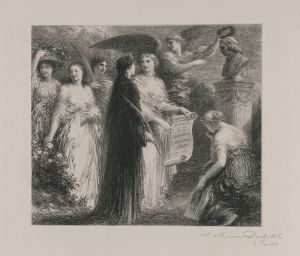
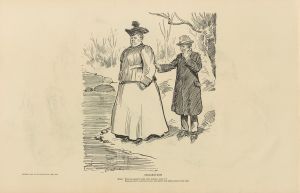
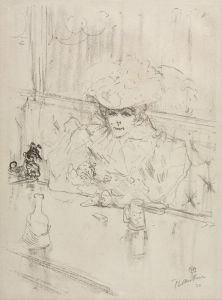
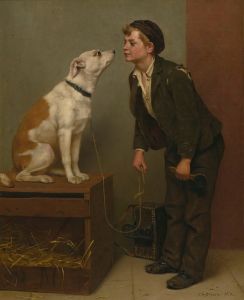
![Design drawings for miscellaneous interiors, some possibly related to the Hotel St. George, New York, NY.] [Sketch for miscellaneous interior .](/imgs/249277/s/winold-reiss-design-drawings-for-miscellaneous-interiors-some-possibly-related-to-the-hotel-st-george-new-york-ny-sketch-for-miscellaneous-interior--6b46aedb.jpg)
